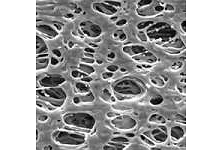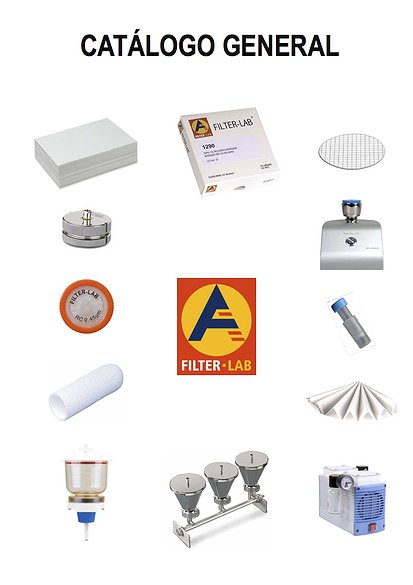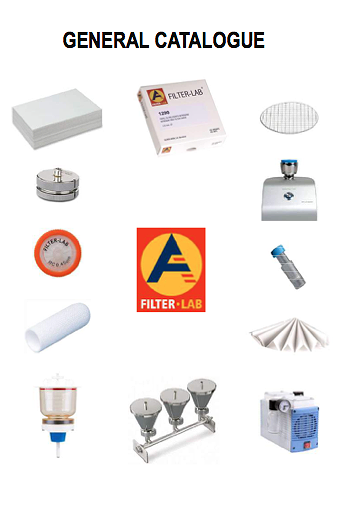The polyethersulphone is a material with excellent qualities: it is hydrophilic, has excellent flow rate and high particle loading capacity, high thermal stability, (low nonspecific adsorption and supported by some aggressive solvents.
Is mainly used in filtration of biological samples, aqueous or solvent solutions (see compatibility).
Supplied in pores of 0.1, 0.22 and 0.45 microns, and in 25 and 47 mm diameter.
Bubble point with water (minimum value)
0.1 µm 2.1 bar | 210 Kpa
0.22 µm 3.4 bar | 340 Kpa
0.45µm 2.7 bar | 270 Kpa
Flow rate with water (s/100 ml H2O/9.62 cm2 to 24 in
Hg):
0.1 µm ≤ 130
0.22 µm ≤ 30
0.45 µm ≤ 21
Burst resistance (≤ N psi):
0.1 µm 18
0.22 µm 16
0.45µm 16
Thickness: 0.120 – 0.150 mm
Habitual weight in grams: 3.0 mg/cm2 Membrane material
Polyethersulphone (PES)
Diameters: 25 and 47 mm.
Pore sizes: 0.1, 0.2 and 0.45 µm
Maximum temperature of use ≤ 121ºC (30 min)
Extractables with water < 1% (< 0.015 mg/cm2
Sterilization: Using g irradiation, ethylene oxide,
autoclaving or vapor at 121ºC
Chemical compatibility: 1– 14 pH
Reaction to water: hydrophilic
Absorption of proteins BSA: < 20 µg/cm2
Levels of endotoxins: < 0.25 Eu/ml using 400 cm2/400
ml S.W.F.I. for the test with Limulus Amoebocyte Lysate
(LAL)






